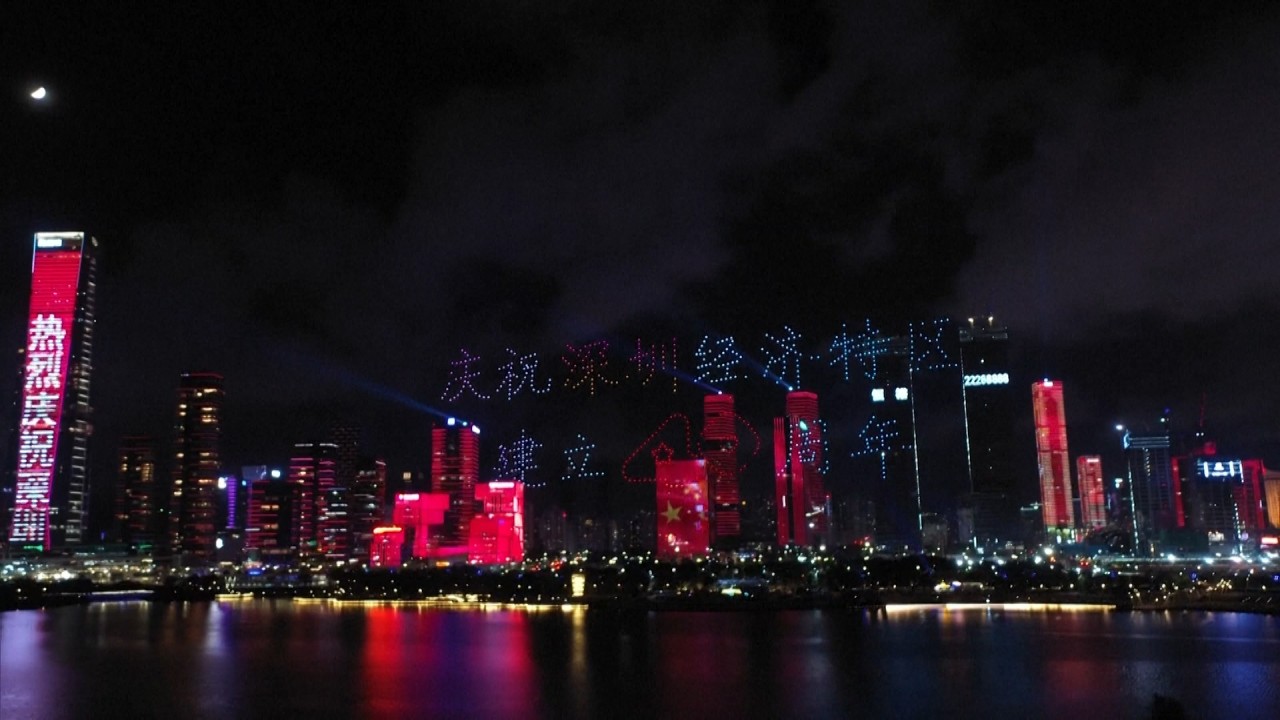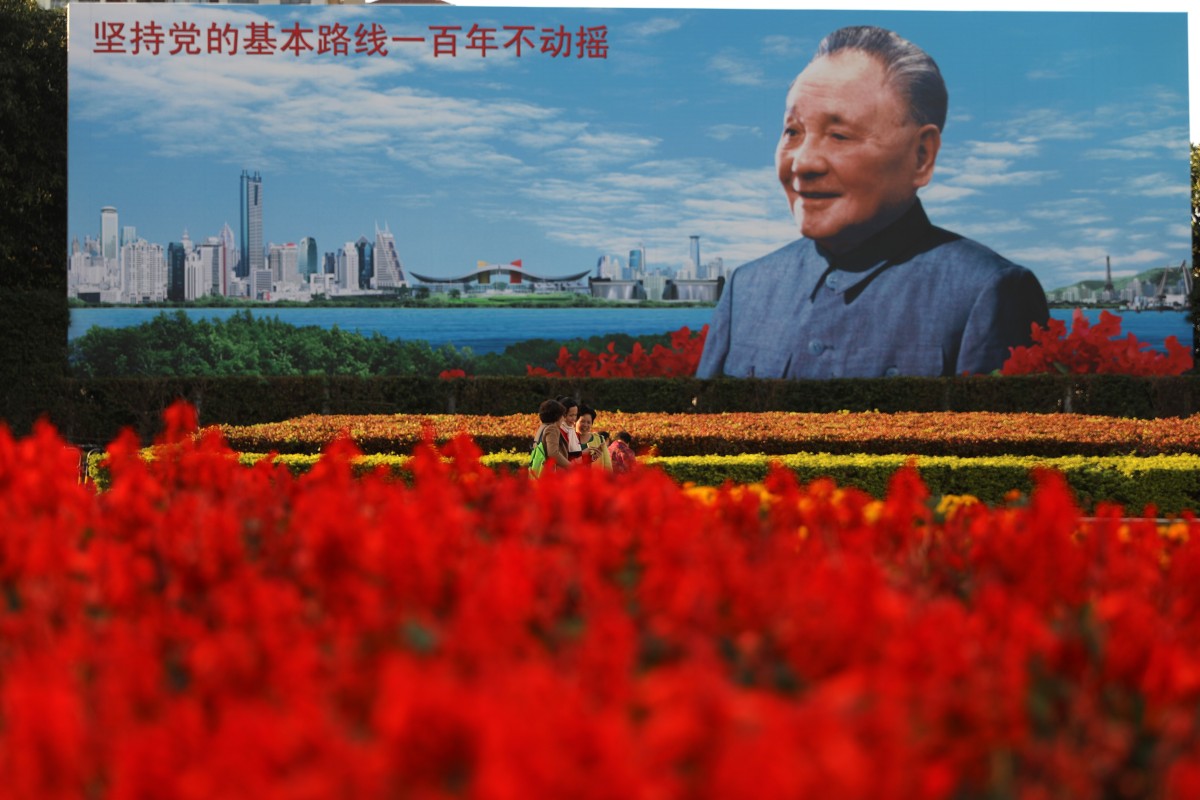“I have told my two-year-old son about the statue and who he is,” said the 32-year-old working mother. “I tell him this is ‘Grandpa Deng’ who built this place from nothing to what it is today and we should thank him for his policies.”
Four decades ago, as one of China’s reform pioneers, the unknown border town began its transformation into the country’s technology capital with 13 million local residents when Deng picked Shenzhen for his famous southern tour to give his grand reform experiment a much-needed push.
Huang Donghe, a founder of the city’s most influential private think tank Interhoo, said Deng’s visit had reassured people about the direction and future of Shenzhen’s role as a testing ground for China’s groundbreaking reforms, with a mission to learn from successful Western economies.
Huang, better known by his pen name “Lao Heng” in Shenzhen, said: “After Deng’s visit, we saw more college graduates decide to settle down in Shenzhen, more families buying properties in the city, and lots of advertisements using ‘home is a safe place’ as their slogan on the streets.”

The city soon realized it needed to climb the value supply chain, as its limited land banks ran low and rising land and wage costs drove out low value-added factories. Between 2005 and 2009 Shenzhen announced more than 50 major policies, firmly betting its future on technological innovation.
The new crossroads
“Many in the mainland believe there is not much they need to learn from Hong Kong and the rest of the world. That is worrisome.”
“Shenzhen’s export-oriented economic model, which uses Hong Kong as a bridge, may undergo major adjustments. The foundation on which Shenzhen was built as a city in the past 40 years has changed, and urban planning along the Shenzhen River has to be revised,” he said.
Huang said Shenzhen was likely to move towards better connectivity with other cities in the Pearl River Delta, especially provincial capital Guangzhou, with its southward development strategy and the rise of its Nansha port district.
While Shenzhen had spent 40 years driving its economy and becoming a competitive place for business and tech ventures, “there is still a lot that needs to be done in housing, education, health and other social safety nets. In Xi Jinping’s era, the focus should be on improving the overall quality of life for the city’s residents,” Hung said.
A key for the next phase of the city’s growth in the Greater Bay Area, according to Hung, will be to leverage Shenzhen’s core competencies to build a common digital future. “Guangdong’s digital economy is leading China at over 4 trillion yuan, so digital GBA is definitely a future trend. The question is to work out a standard across different legal frameworks on privacy protection and forming coordinating mechanisms.”
In addition to the city’s relentless hardware and software upgrades, there are also concerns about how Shenzhen can still find room for its privately owned companies and residents to keep generating ideas and allowing them the freedom to make occasional mistakes, even politically.
“We left no stone unturned and the bosses in Beijing actually tolerated our audacious moves, just as we treated our own subordinates. Knowing the open political atmosphere, we actually did not worry when Beijing bureaucrats slammed us for some local policies they said were inappropriate. We just continued to find ways to muddle through,” he said.
“But things are different now. The new leadership under Xi is very strict in political discipline. I doubt there is the same level of guts for local cadres to argue their case to Beijing and Guangzhou, in order to fight for more room for Shenzhen.”
© 2020, . Disclaimer: The part of contents and images are collected and revised from Internet. Contact us ( info@uscommercenews.com) immidiatly if anything is copyright infringed. We will remove accordingly. Thanks!



